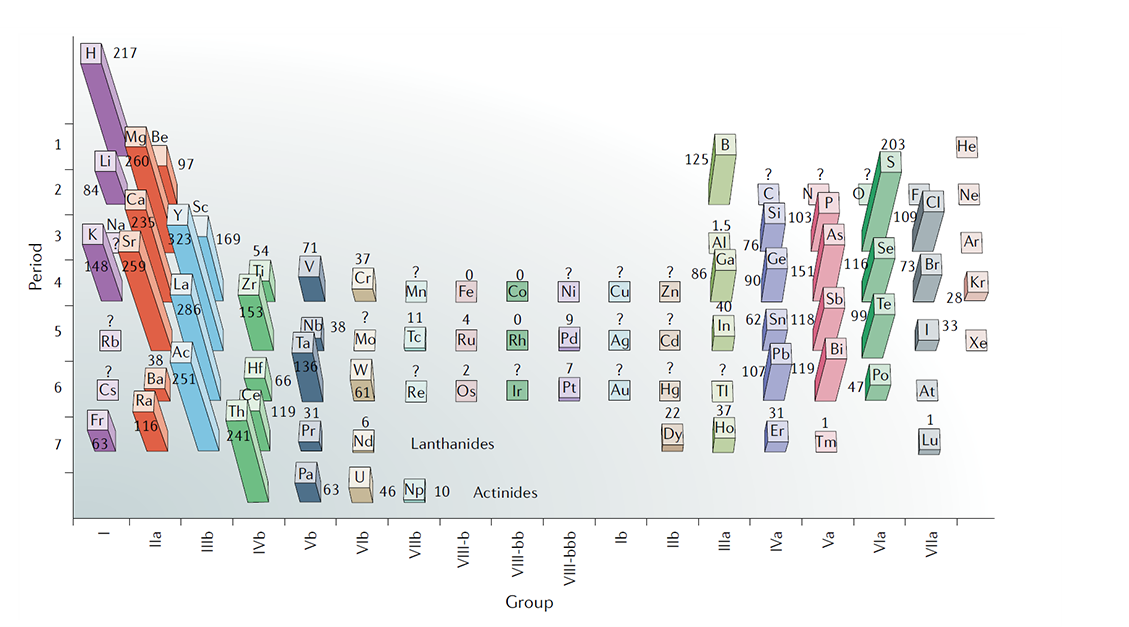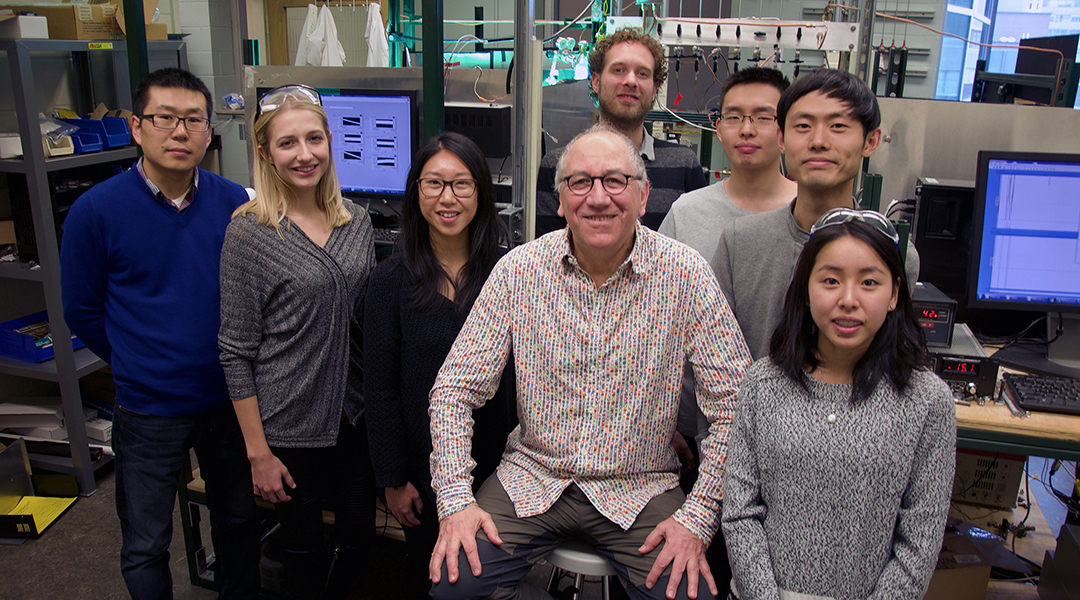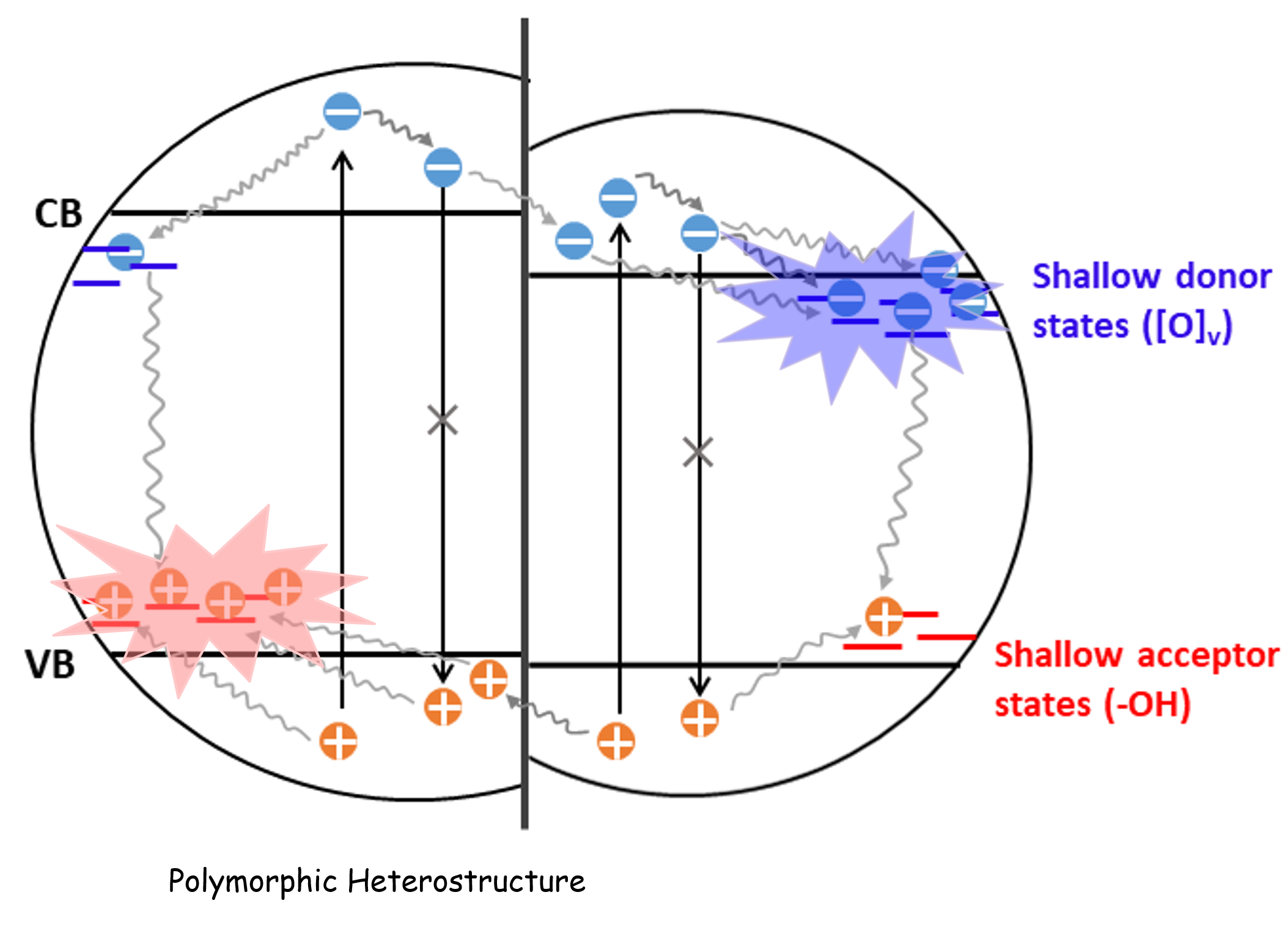
In their work, Xu et al. focus attention on an archetypal nickel phosphide, Ni12P5, with a unique surface structure based upon well-separated few-atom Ni nanoclusters. This structure allows Ni12P5 to function as an exceptionally active, selective, and stable heterogeneous catalyst for the photothermal reverse water gas shift reaction under light irradiation. The advantages of high catalytic activity and light capture are also shared by other transition metal phosphides such as Co2P. The work demonstrates how transition metal phosphides, owing to their high-performance, good stability and cost-effectiveness, offer interesting opportunities for the development of photothermal CO2 conversion technologies. See full article at Nature Communications.









